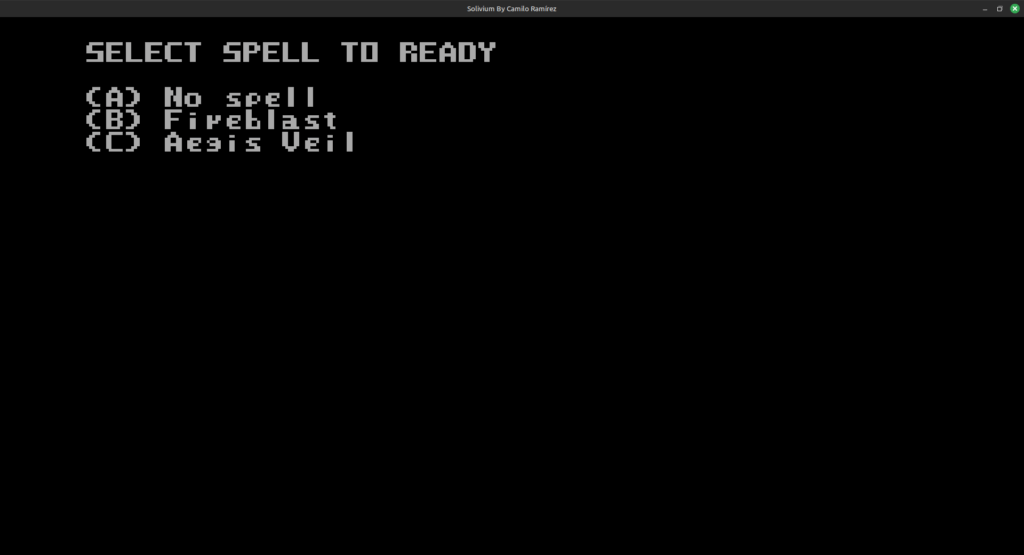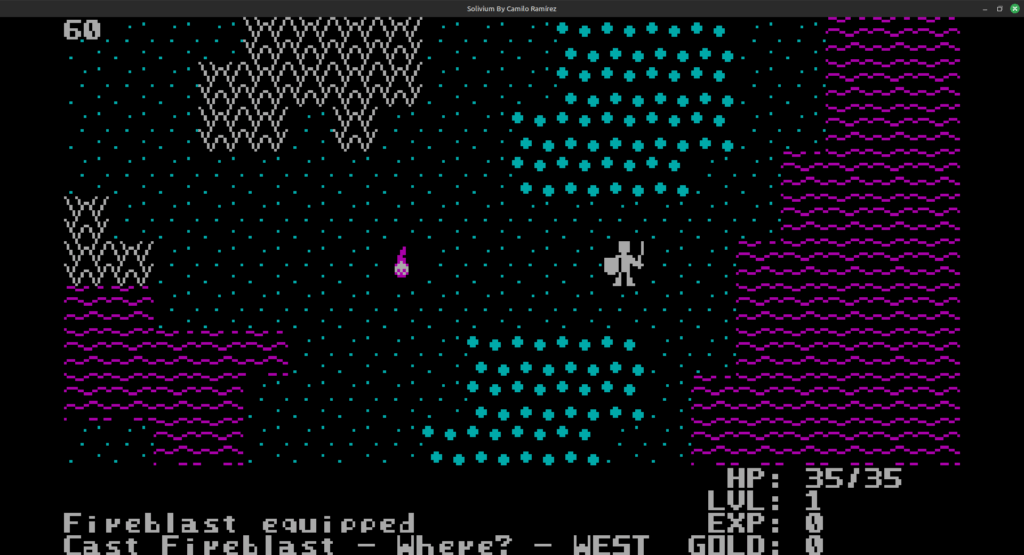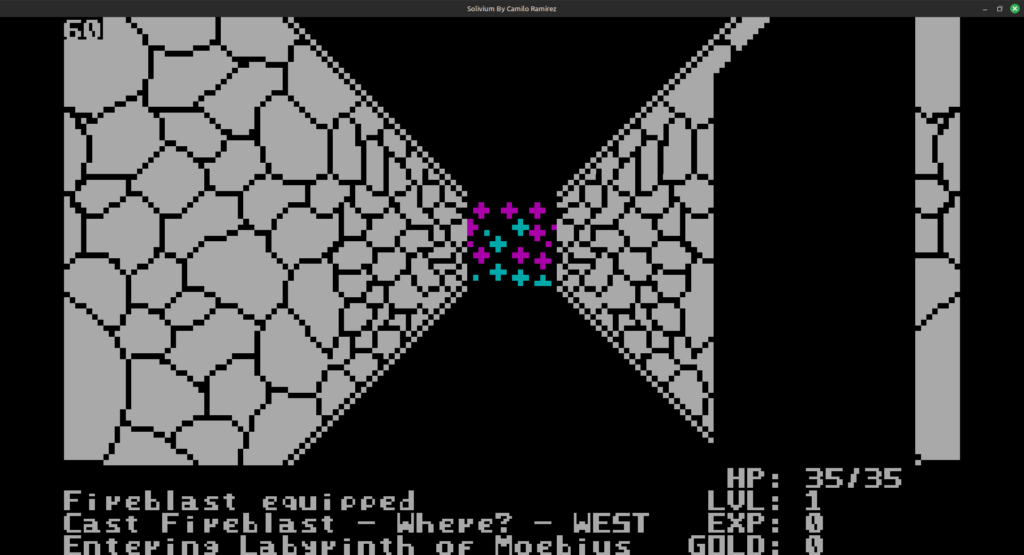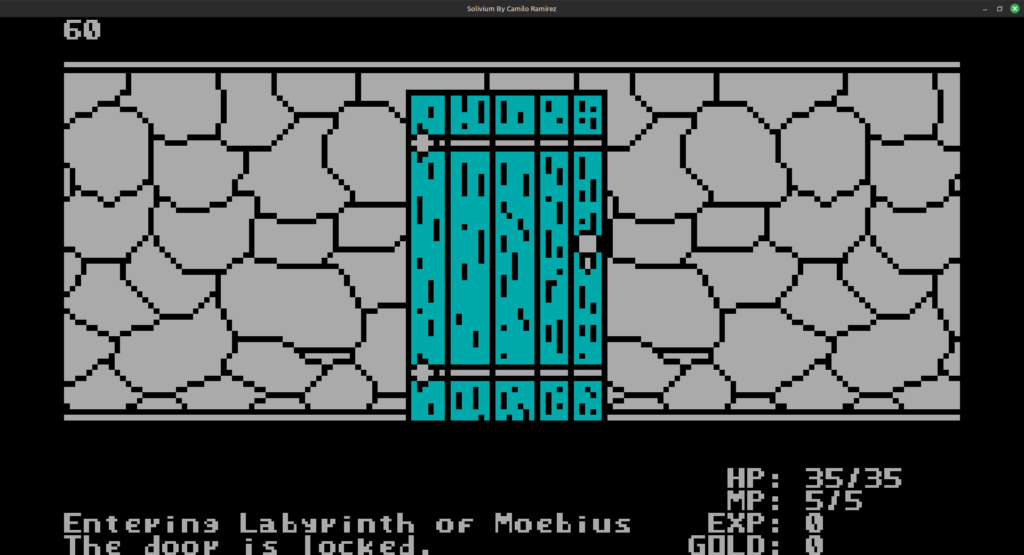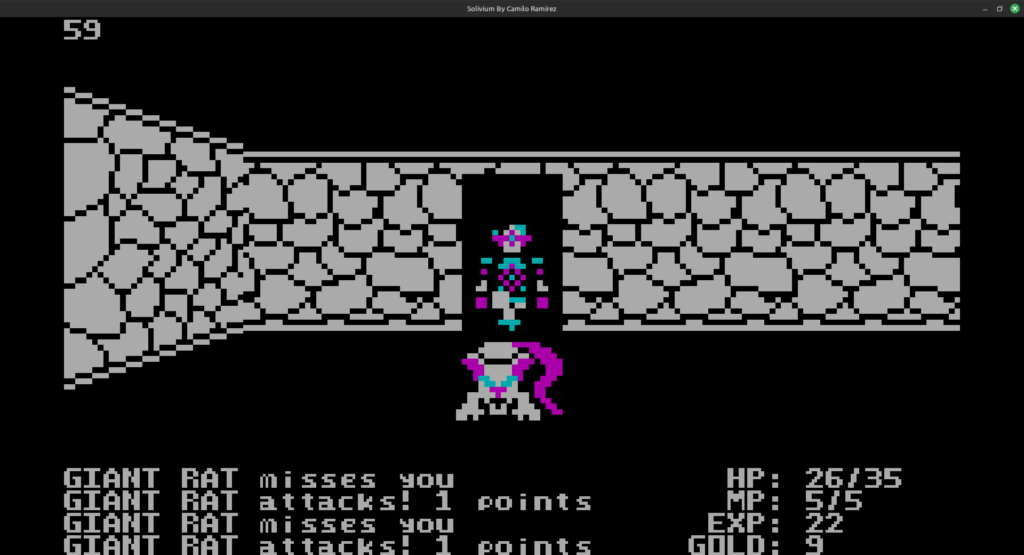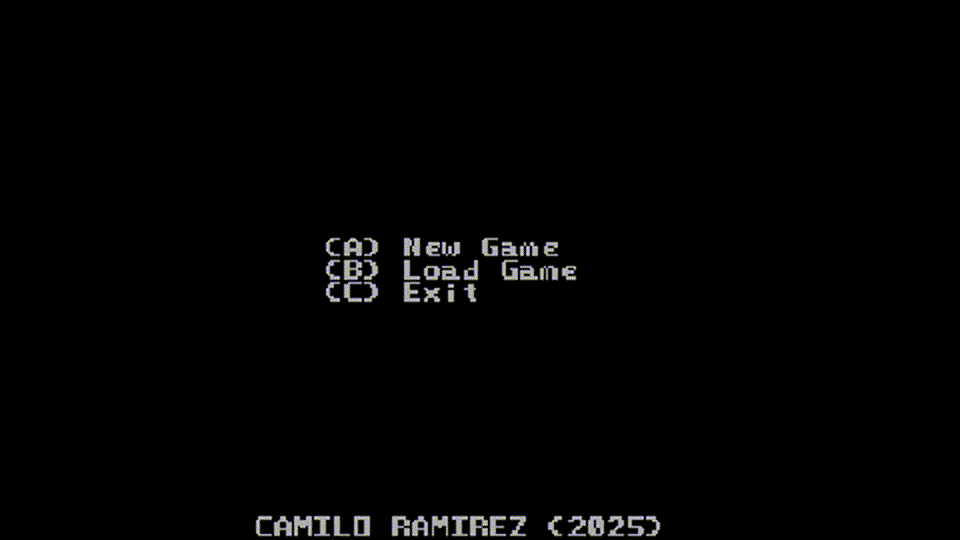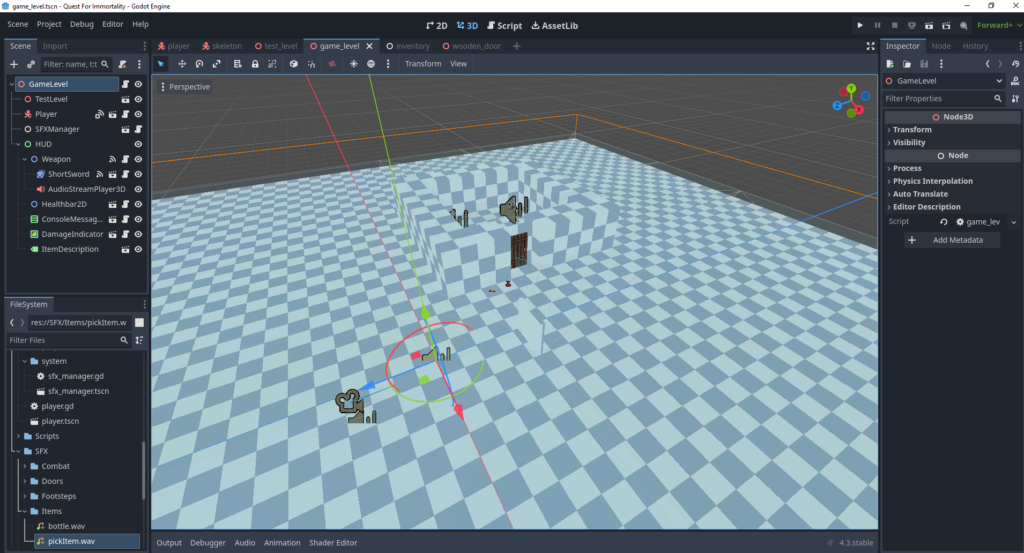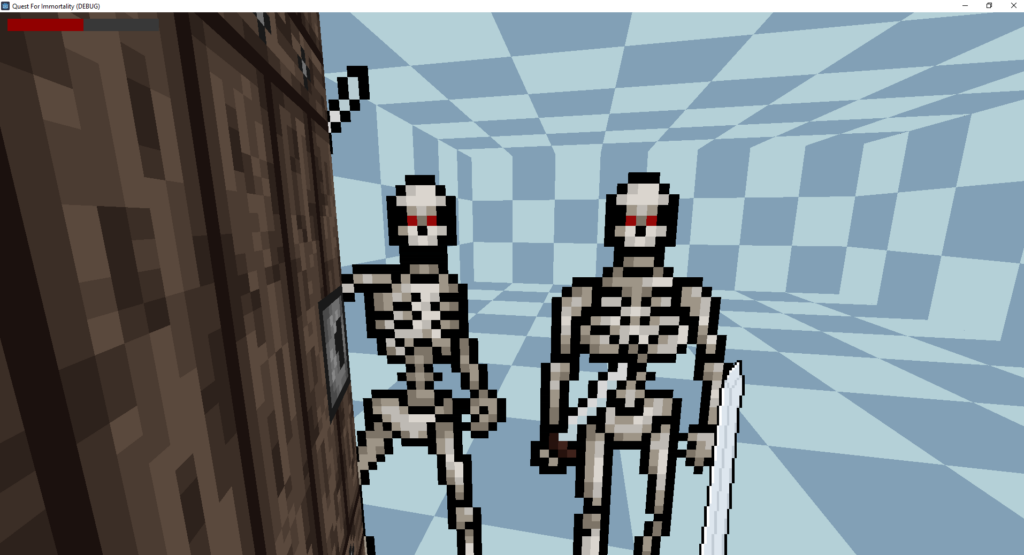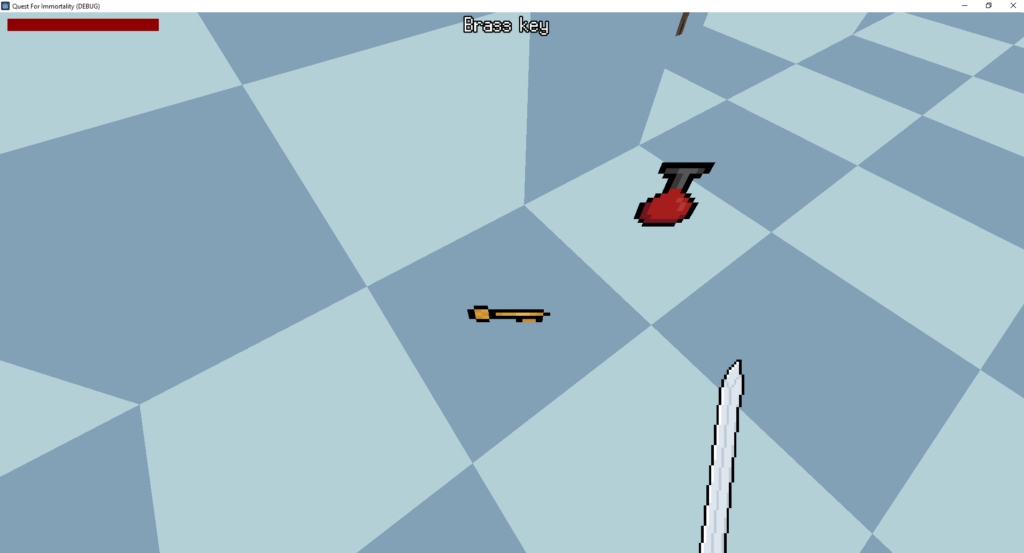It’s been a horsey couple of weeks in Solivium, and I’m excited to share what’s new! Mounts are finally here, but not without challenges. I’ve always heard about the door problem in videogames and I think this is one of those times I experimented that. It’s not just the horses as an entity that you mount and ride, it’s about stealing them, purchasing them, they returning to their position, how they affect the gameplay and so on… Even now that I think I’m done with them I could keep expanding them.
This Fortnight’s Highlights
- Inn Resting: Players can now sleep at inns to fully restore health, with this you could play now a long session, although there isn’t much content yet.
- Horse Entities:
- Added horses as world entities.
- Players can mount and dismount at will.
- While on horseback:
- Players move two tiles per turn.
- Attack rate remains the same—you still only attack once per turn.
- Horse Ownership & Crime:
- Stealing horses in towns is now recognized as a crime.
- Stolen horses despawn after a set number of turns, preventing permanent theft.
- Horse vendors are now available, letting players legitimately purchase horses for faster travel.
What’s Next?
At this point I think I’m ready to build the content for the first demo. I need to finish the first dungeon, add another town, other vendors I have in mind.
Thanks for following along, and stay tuned for the next update.
